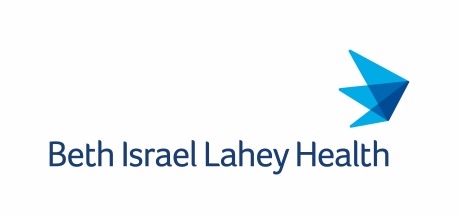Newswise — Burlington, Mass. – The first known study exploring optimal outpatient exam scheduling through a model algorithm was shown to yield shorter wait times for magnetic resonance imaging (MRI) for patients and reduced costs. A collaboration including experts at Lahey Hospital & Medical Center (LHMC) and at the Thayer School of Engineering at Dartmouth College worked to identify sources of delays for MRI procedures at LHMC in order to develop a mathematical model to optimize scheduling. The study, which appears in Health Care Management Science, found that distributing inpatient and outpatient slots evenly throughout the day provided the best performance. Optimizing schedules were shown to have the potential to reduce costs — which include the costs of idle equipment and inefficient staffing — by as much as 23 percent in the researchers’ model.
“Patient wait times are a key indicator of excellence in service and positive patient experiences — a primary focus at Lahey Hospital,” said senior author Christoph Wald, MD, PhD, MBA, FACR, Chair of the Department of Radiology at LHMC and Professor of Radiology at Tufts University School of Medicine. “With a goal of wanting to improve patient wait times, we worked with data science researchers to help identify levers for improvement that might be achieved without impeding access.”
Prior to the research collaboration, outpatients at LHMC waited about 54 minutes from their arrival until the beginning of their exam on an average weekday. The researchers’ analysis identified the complexity of scheduling emergency room patients, inpatients, and outpatients as one of the main reasons for the routine delays. Exams for inpatients can usually be delayed to accommodate emergency room patients if necessary. But delays for outpatients can mean asking a patient to reschedule, leading to delayed or missed appointments, delayed care, and lower patient satisfaction.
After identifying the sources of delays, the Dartmouth engineers — including first and corresponding author Yifei Sun, a PhD candidate at Thayer School of Engineering at Dartmouth — developed a mathematical model to optimize the length of each exam slot and the placement of inpatient exams within the overall schedule. They also developed an algorithm to minimize the wait time and cost associated with exam delays for outpatients, the idle time of equipment, employee overtime, and cancelled inpatient exams.
“This improvement process did result in measurable improvements of patient wait times,” said Wald. “The simulation model has been instrumental in educating our team about the benefits of dissecting workflow components to arrive at an optimized process outcome. We have extended this approach to identify bottlenecks in our interventional radiology workflow and to add additional capacity under the constraints of staffing schedules.”
Co-authors included Patricia Doyle and Stacey Sullivan Richard of LHMC; Vikrant Vaze of the Thayer School of Engineering, Dartmouth College; and Usha Nandini Raghavan and Christopher S. Hall of Philips Healthcare.
Editor’s Note: Adapted from a news release written by Julie E. Bonette, Thayer School of Engineering at Dartmouth
About Lahey Hospital & Medical Center
Lahey Hospital & Medical Center, a part of Beth Israel-Lahey Health, is a world-renowned tertiary medical center known for its innovative technology, pioneering medical treatment, and leading-edge research. A teaching hospital of Tufts University School of Medicine, the hospital provides quality health care in virtually every specialty and subspecialty, from primary care to cancer diagnosis and treatment to kidney and liver transplantation. It is a national leader in a number of health care areas, including stroke, weight management and lung screenings, among many others. For more information on Lahey Hospital & Medical Center, please visit www.lahey.org.
MEDIA CONTACT
Register for reporter access to contact detailsCITATIONS
Health Care Management Science
